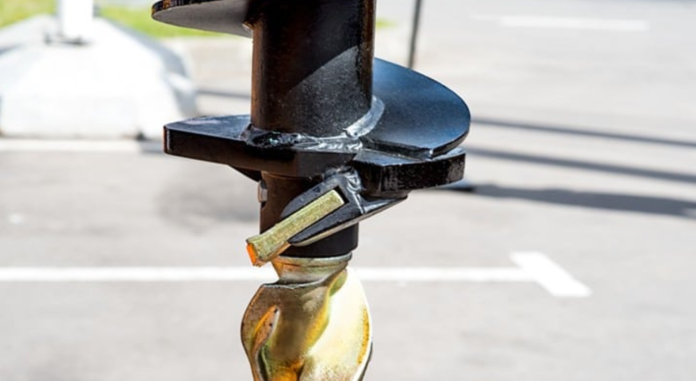Mulcher teeth have won giant recognition in industries along with forestry, agriculture, and land clearing due to their crucial position in vegetative management and land education. Mulcher tooth significantly enhances performance by means of rapidly reducing plants into mulch, which may be left on-site as nutrient-rich organic material to be counted or cleared correctly for various land control functions.
Mulcher teeth are versatile, capable of coping with a huge range of vegetation types, from small bushes to massive bushes, and adapting to various terrains such as flat ground, slopes, and difficult landscapes. Furthermore, the sturdiness and toughness of present-day mulcher teeth contribute to their recognition. Improvements in material, consisting of tungsten carbide and superior alloys, have prolonged tooth lifespans and reduced protection requirements.
Additionally, the benefit of protection and versatility supplied via modular tooth systems has further boosted their appeal among operators. Short-exchange structures permit a fast alternative to worn teeth, ensuring minimum disruption to operations. Overall, the growing call for green land management practices and the versatility of extreme mulcher teeth in meeting these demands keep powering their popularity across diverse industries globally.
Innovations in Mulcher Teeth Technology
This article explores some of the key innovations that have shaped the mulcher teeth industry.
Material Advancements
Historically, mulcher teeth had been crafted from high-carbon metallic, which furnished strength but often required common sharpening and replacement because of wear. Current advancements have added substances such as tungsten carbide and commercial-grade metal alloys. Tungsten carbide is notably tough and wear-resistant, extensively extending the lifespan of mulcher teeth. Alloy steels provide stability, sturdiness, and hardness, improving ordinary overall performance in stressful conditions.
Design Enhancements
The layout of mulcher teeth has advanced to optimize performance and decrease energy intake. Cutting-edge teeth function with superior geometries that facilitate smoother cutting motion and higher cloth glide through the mulcher. Double bevel and reversible designs have grown to be common, allowing operators to rotate or turn teeth for prolonged use earlier than replacement.
Self-Sharpening Features
Some mulcher teeth now include self-sprucing technologies, wherein the geometry of the teeth is designed to hold a pointy side over a prolonged length. This reduces downtime for polishing and complements operational efficiency. Additionally, self-sprucing teeth limit the electricity required to cut through vegetation, leading to financial savings and decreased environmental impact.
Modular System
Modular mulcher tooth structures have gained popularity due to their flexibility and simplicity of protection. Those structures permit operators to replace individual teeth or sections rather than the whole slicing assembly, lowering downtime and general running prices. Modular designs also facilitate short models of different cutting conditions and styles of vegetation.
Impact-Resistant Coatings
In addition to enhancing sturdiness, mulcher teeth are now covered with effect-resistant substances. These coatings shield the teeth from abrasion and impact harm, prolonging their lifespan in harsh operating environments. Moreover, coatings can improve the tooth’s capability to hold sharpness and decrease friction throughout the operation, contributing to ordinary efficiency.
Improved Fixing Mechanisms
The way mulcher teeth are fixed to the rotor or drum has additionally seen enhancements. Quick-change systems using bolts or pins allow for fast replacement of worn teeth on-site, minimizing gadget downtime. A few structures include advanced locking mechanisms that make sure teeth remain securely in place during operation, even under heavy loads and vibrations.
Improved Versatility
As mulching machines are used throughout diverse terrains and for numerous programs, there may be a developing demand for teeth that can take care of special varieties of plant life and ground conditions successfully. Innovations in tooth design and material choice purpose to enhance versatility, making sure the most effective overall performance in the entirety, from gentle soil to rocky terrain.
Conclusion
Innovations in mulcher tooth technology have transformed the efficiency, sturdiness, and versatility of mulching machines. From superior materials and self-sharpening features to modular designs and effect-resistant coatings, these improvements replicate ongoing efforts to meet the evolving desires of industries reliant on land clearing and vegetation management. As technology continues to adapt, mulcher teeth may end up even more green and environmentally friendly, contributing to sustainable land control practices internationally.
















